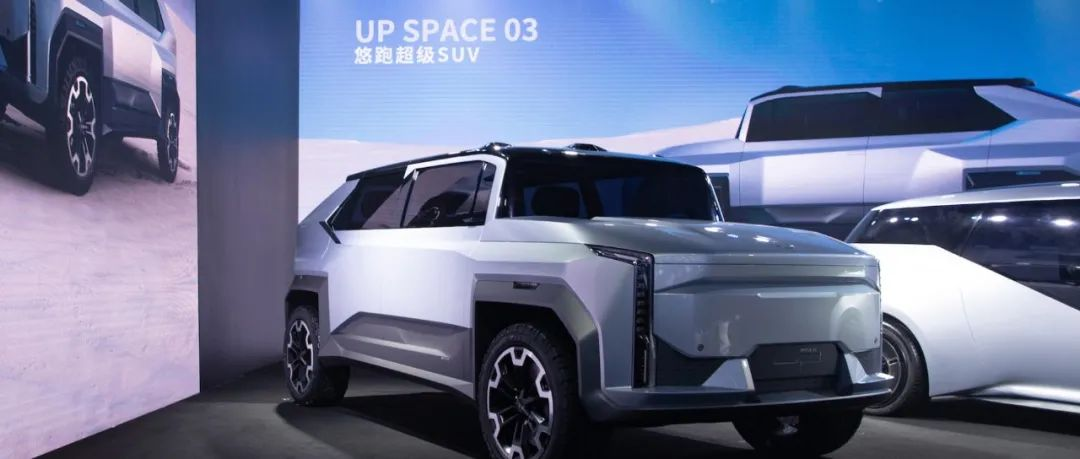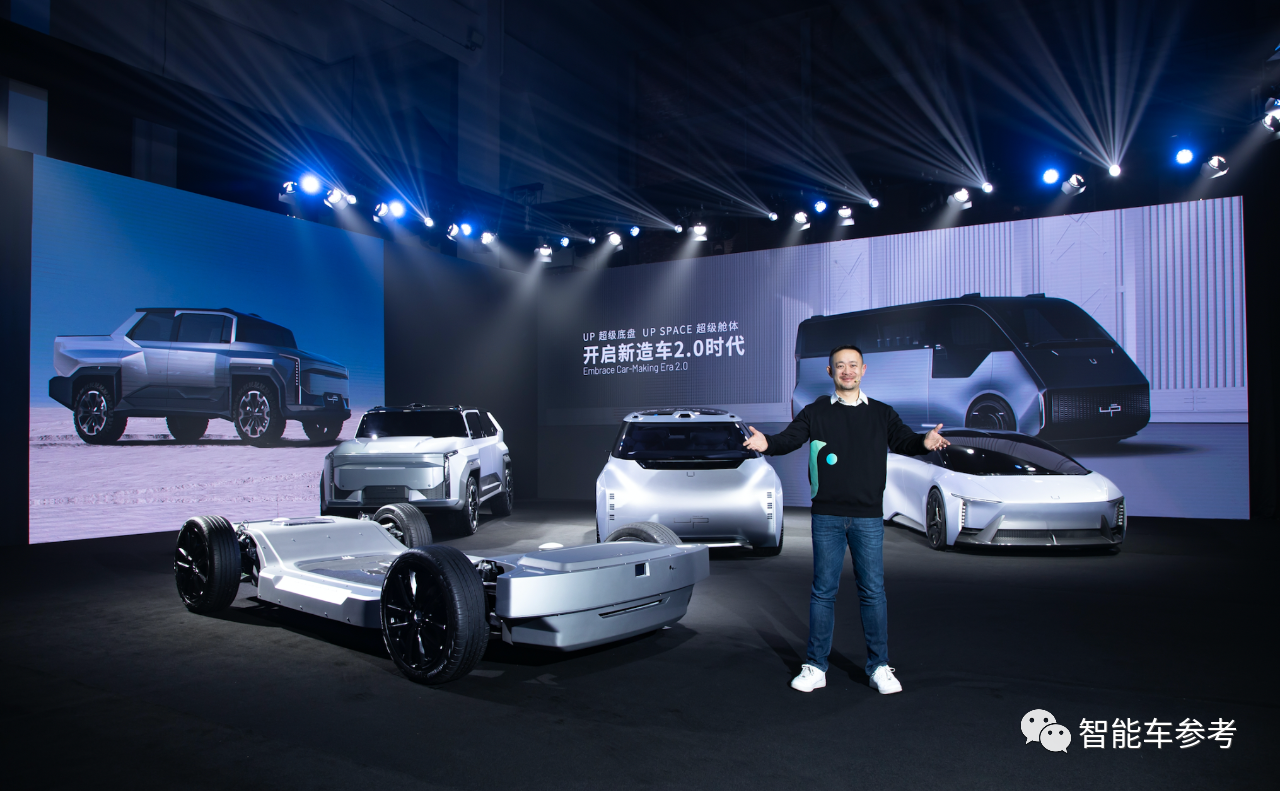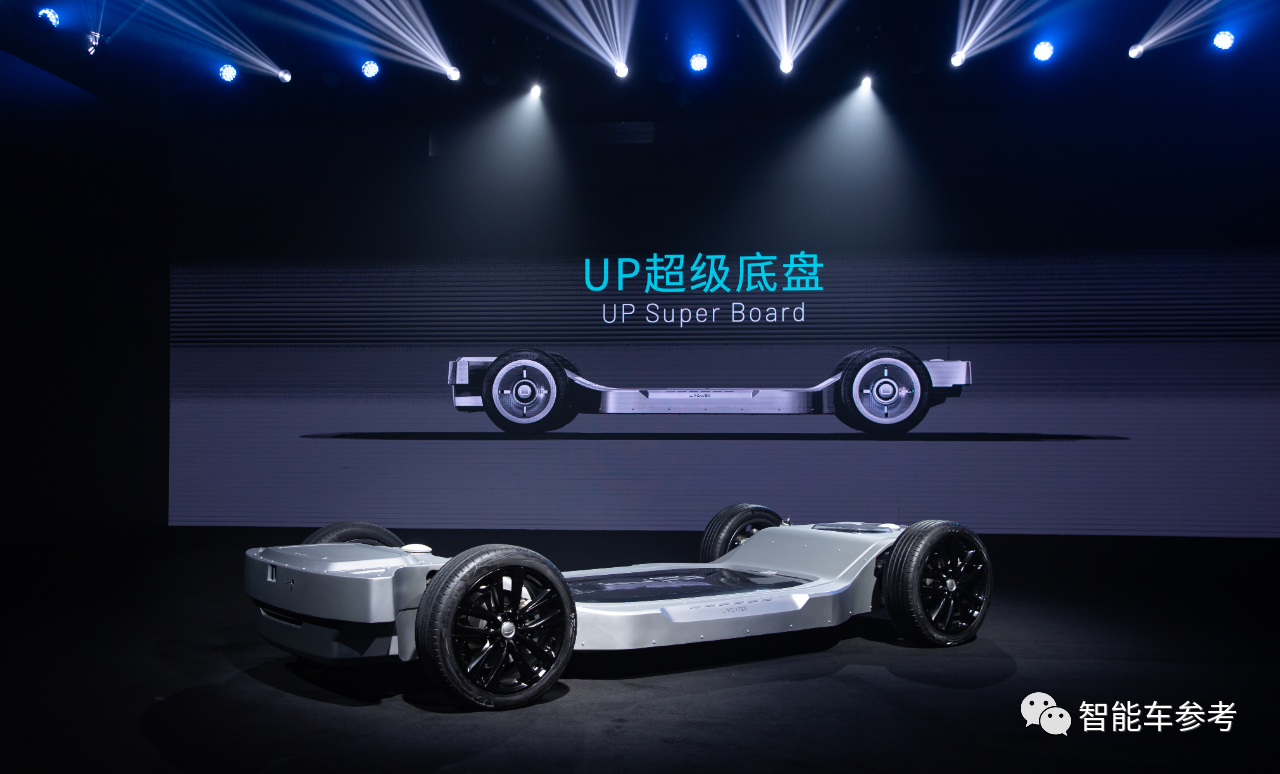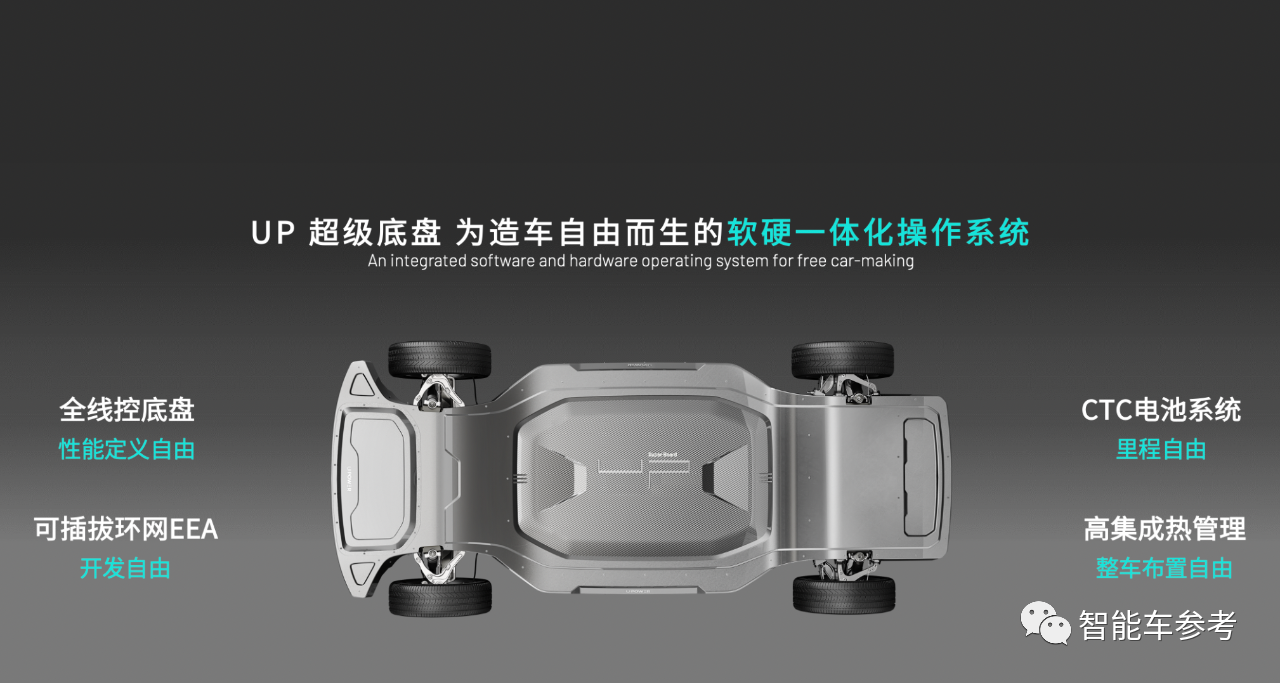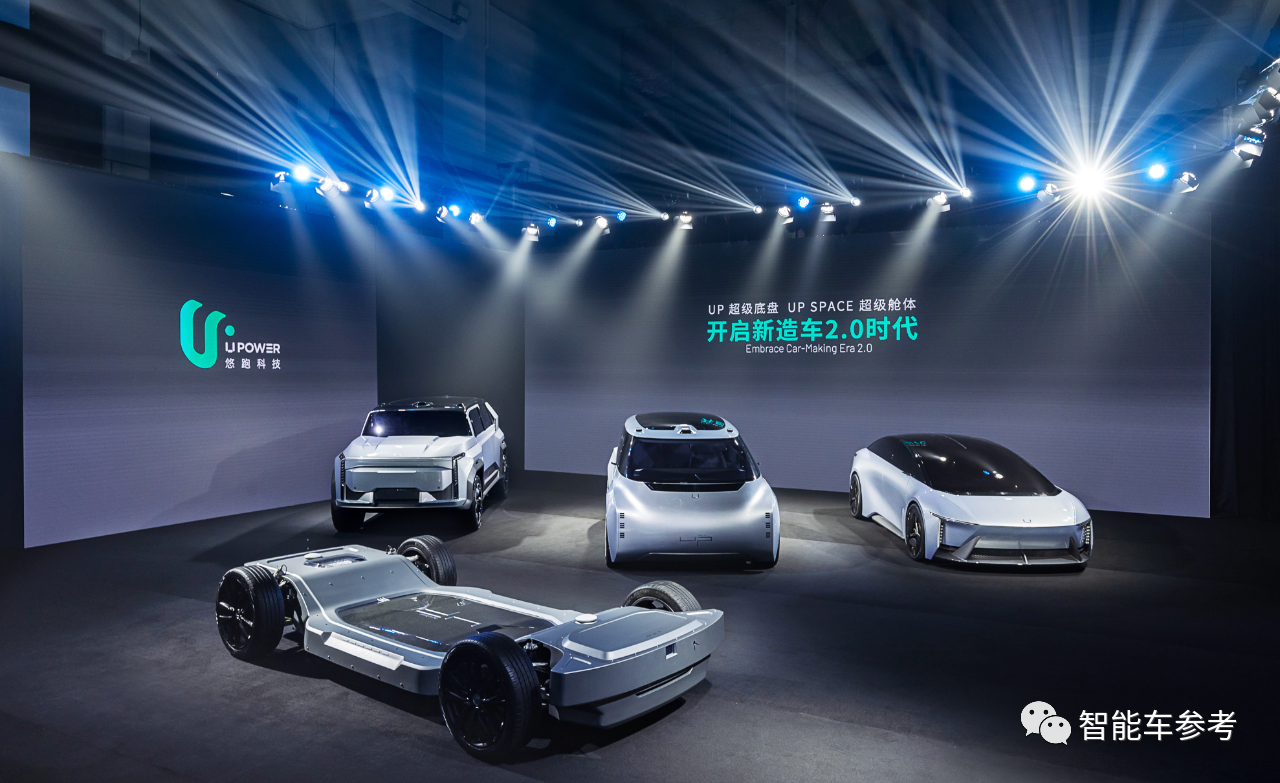Translation
Wàn Bō fā zì fù jià sì
Reference of Intelligent Cars | AI4Auto Public Account
A new trend has emerged in the bustling car-making industry:
“OEM (Original Equipment Manufacturer)”, they can also make cars.
Moreover, there are specialized companies that provide such services.
Note that this is different from traditional Tier 1 and Tier 2.
These companies are poised to disrupt the existing car-making model right from the start.
They offer a complete vehicle solution that includes a skateboard-style chassis + cockpit, but they do not make C-end brands.
In layman’s terms: I’ll build the car, you stick the logo on it later.
The plot in the intelligent smartphone race seems familiar and is now being played out again in the automotive industry.
OEM car-making?
Just recently, a new car-making related company has emerged with full force.
It has not been established for even one year yet and it is set to reshape the car-making race track.
This young start-up company, YouPao Technology, was founded in April 2021.
At yesterday’s new product launch, YouPao Technology revealed their two main products and business model.
Let’s talk about the products first.
First, the UP Super Chassis.
This UP Super Chassis is actually an upgraded version of the “skateboard-type chassis” that has been receiving attention recently because of the launch of the new American car-making force, Rivian.
According to YouPao Technology, the UP Super Chassis is a more advanced version of the skateboard-style chassis.
Compared with the current automobile chassis, the biggest advantage of the Ultra Chassis is its “high integration”.
In addition to the traditional chassis suspension, braking, steering, and three electric systems, the fully controllable Ultra Chassis can also integrate a plug-and-play ring network electronic electrical architecture, CTC battery system, and a high-integration thermal management system.
The intelligent driving hardware used in smart cars can also be embedded in the chassis, meeting L4 and above automatic driving capabilities in the future.
YouPao Technology stated that the Super Chassis can overturn the current automobile development method. The new car development cycle based on the Super Chassis can be shortened by 6-12 months.
Second, the Super Cabin.
In addition to the chassis below, there is also the cabin above.
YouPao Technology released five cabins in total.
Including sedan, MPV, SUV, pickup, and van.
Skateboard-style chassis + cabin.Does Youpao want to contract out vehicle manufacture?
That’s right. The founder of Youpao Technology said at a press conference:
Youpao Technology provides vehicle manufacturing but does not create C-end brands.
In other words, Youpao Technology offers complete vehicle solutions with its super chassis and super cabin, and OEMs just need to add their own logos to sell the vehicles.
This is Youpao Technology’s business model.
Talking about this, the context becomes clearer.
Isn’t this the same story that happened in the era of smartphones?
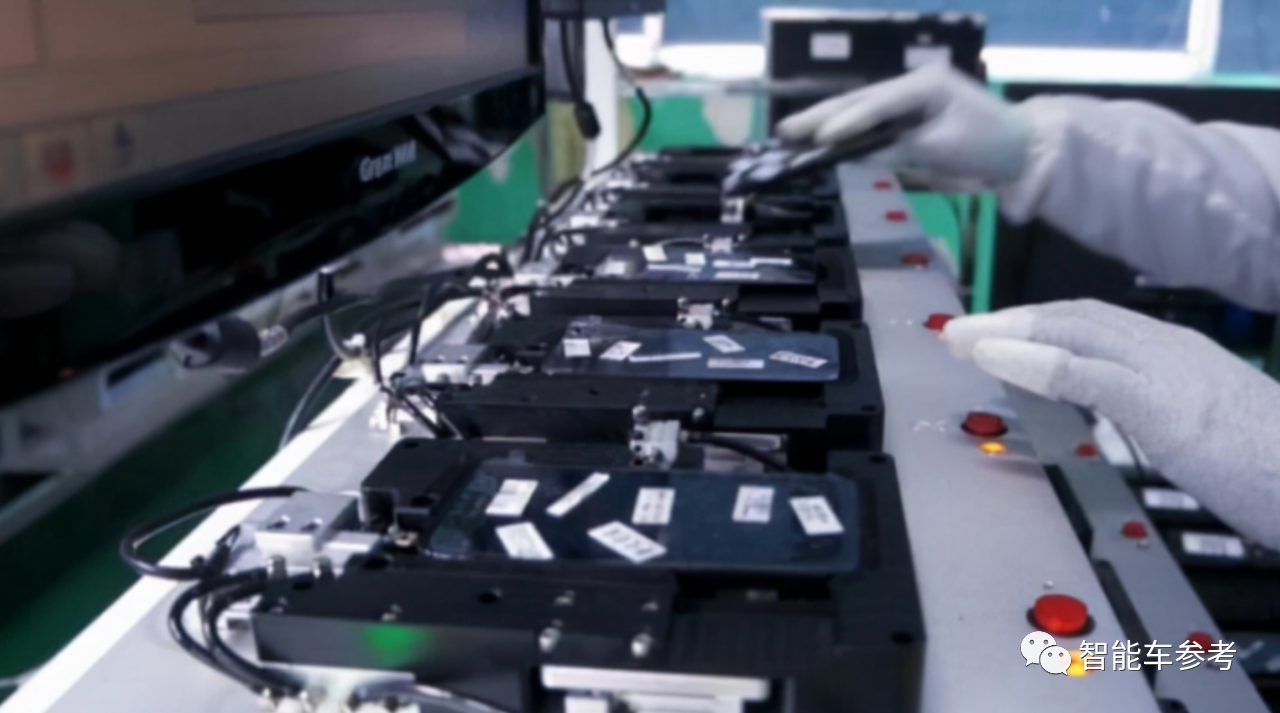
Smartphone manufacturers outsourced the manufacturing processes to contract manufacturers, and only focused on design, branding, and sales.
The difference is that Youpao wants more than just outsourcing.
Based on the highly integrated skateboard chassis, including the three most important components of intelligent electric vehicles and intelligent driving systems, are also part of Youpao Technology’s commercial ecosystem.
Not to mention whether this business model is viable, the standardization and high integration of the skateboard chassis does provide the possibility for OEMs to make their branded cars.
Moreover, Youpao is not the only company interested in the skateboard chassis business.
Who else is in the game?
Youpao Technology is not the first to develop skateboard chassis.
The first company to land the skateboard chassis was a startup in Europe and America.
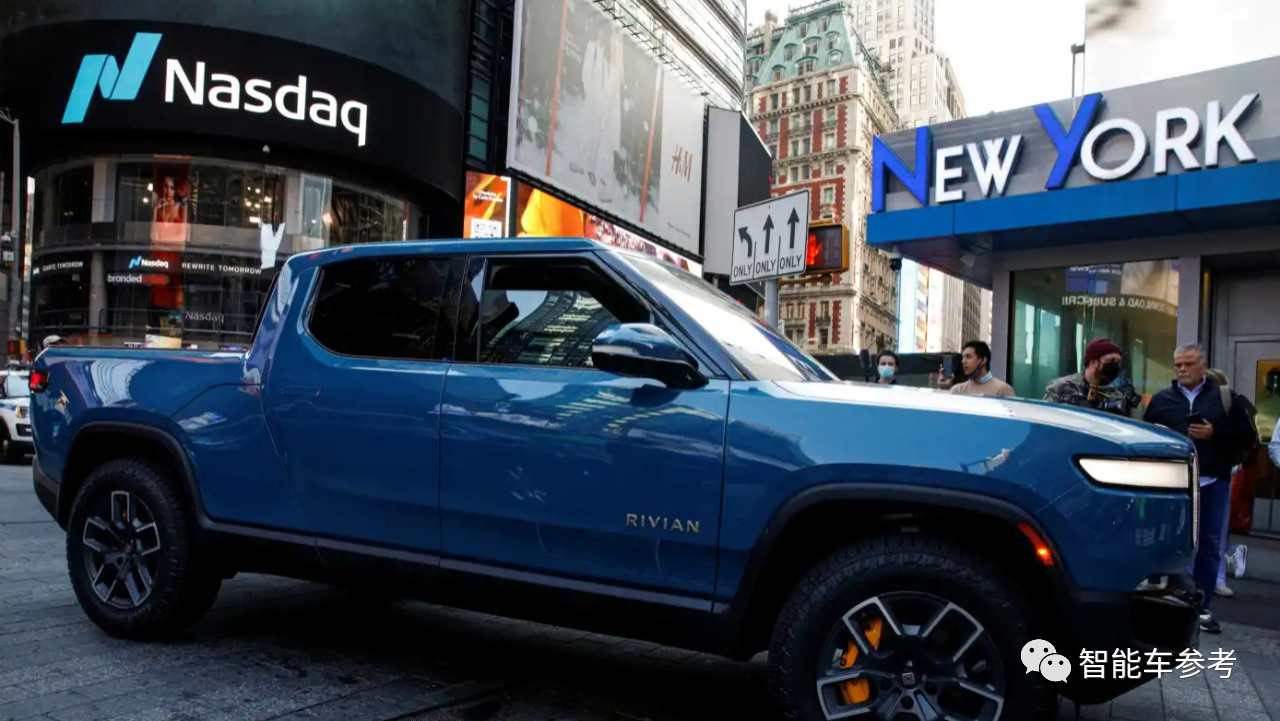
For example, Rivian, which was recently known as the Tesla killer due to its soaring market value, is an older player among them.
In addition, there are three startups in Europe and America, Canoo, REE, and Arrival, with skateboard chassis as their labels.
Looking back to domestic players, PIX, a startup company that focuses on low-speed autonomous vehicles, is also one of the players.
With numerous players and varied strategies.
Rivian tends to use the skateboard chassis as a label to create its own automotive brand. As early as 2018, Rivian’s two passenger cars, R1T and R1S, based on skateboard chassis, were already released.
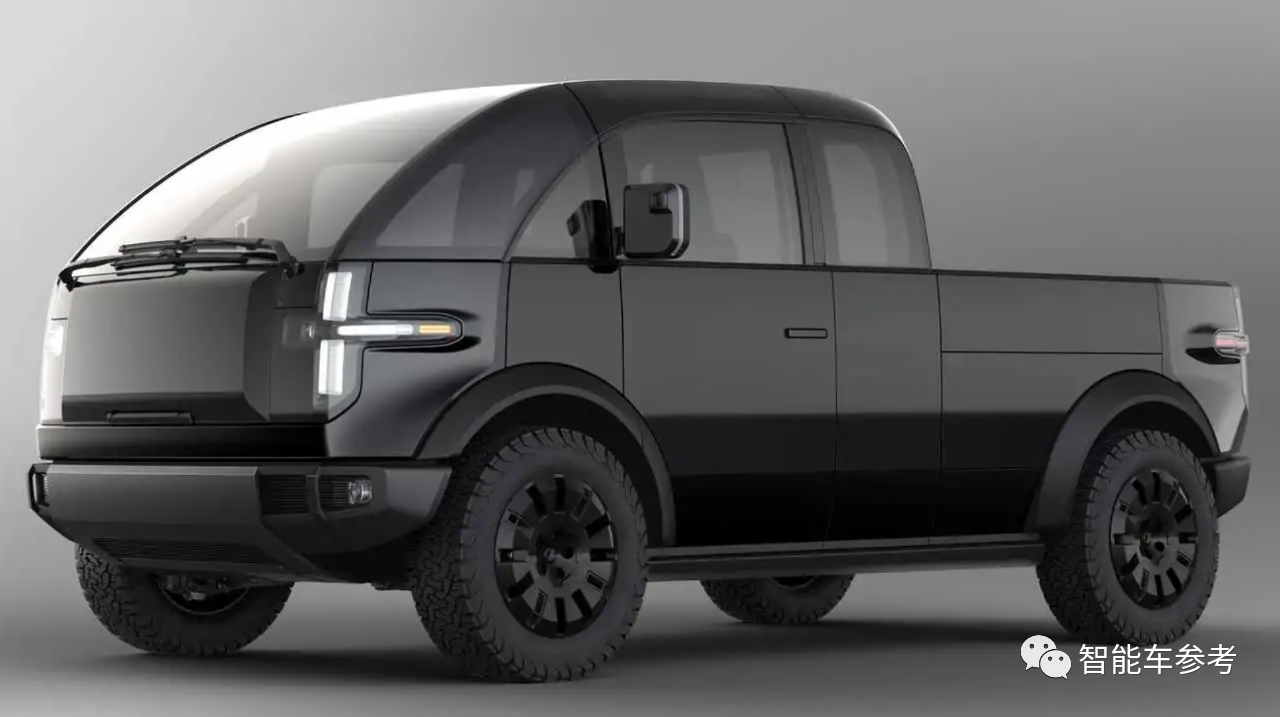
The other player, Canoo, is responsible for its own skateboard chassis output and creates its own brand through third-party contract manufacturing.
PEE emphasizes modularization, where customers can customize their own chassis solutions on the REE website, and REE is responsible for module design and assembly.
Finally, PIX focuses on providing chassis solutions for low-speed autonomous vehicles.
Despite the diversity of business models, the same pattern can be seen: similar to the OEM model for making mobile phones.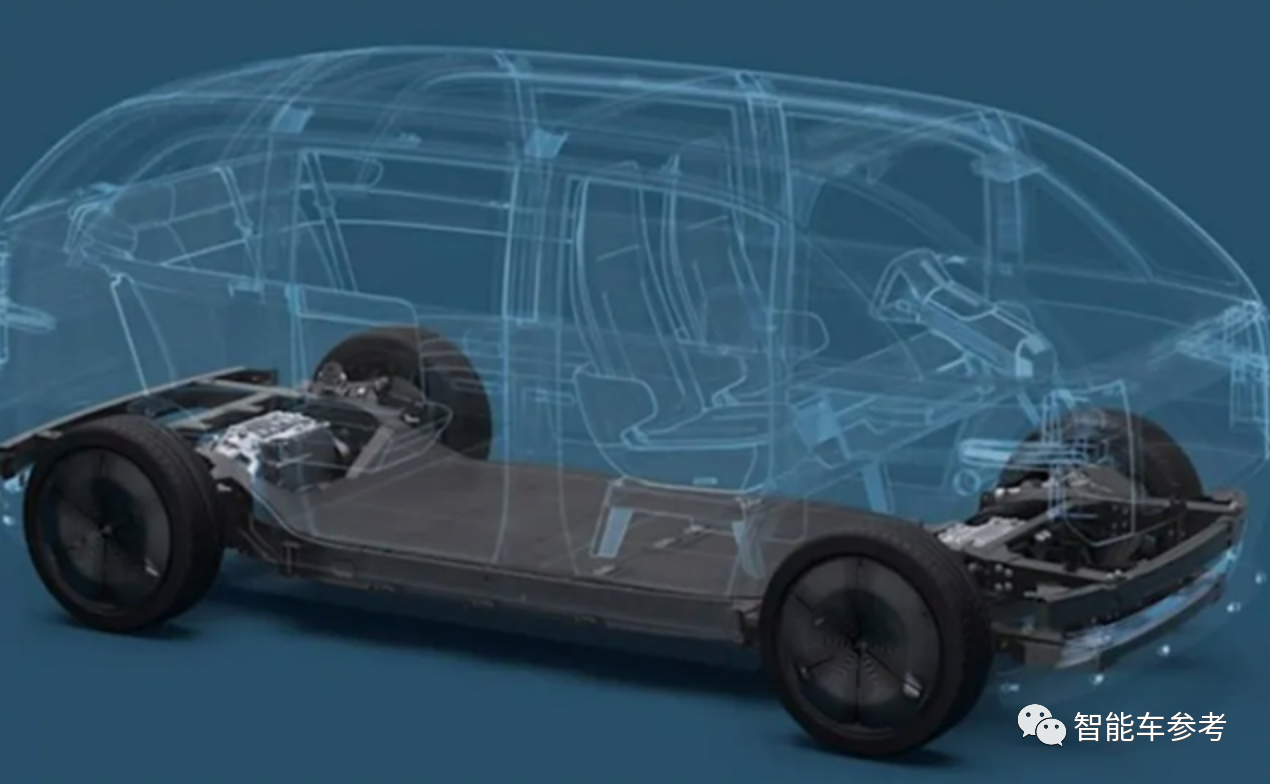
A skateboard-style chassis integrates a power system and intelligent driving with standardized interfaces, allowing car manufacturers to simply connect their own solutions.
From this perspective, the OEM model does indeed lower the threshold for car manufacturing.
Reflected in the capital markets, major players in skateboard-style chassis have been sought after by investors.
For example, Rivian, which went public in November last year, once had a market value of $161.523 billion, ranking among the top three automobile companies in the world.
Another listed company, Arrival, is also worth nearly $5 billion.
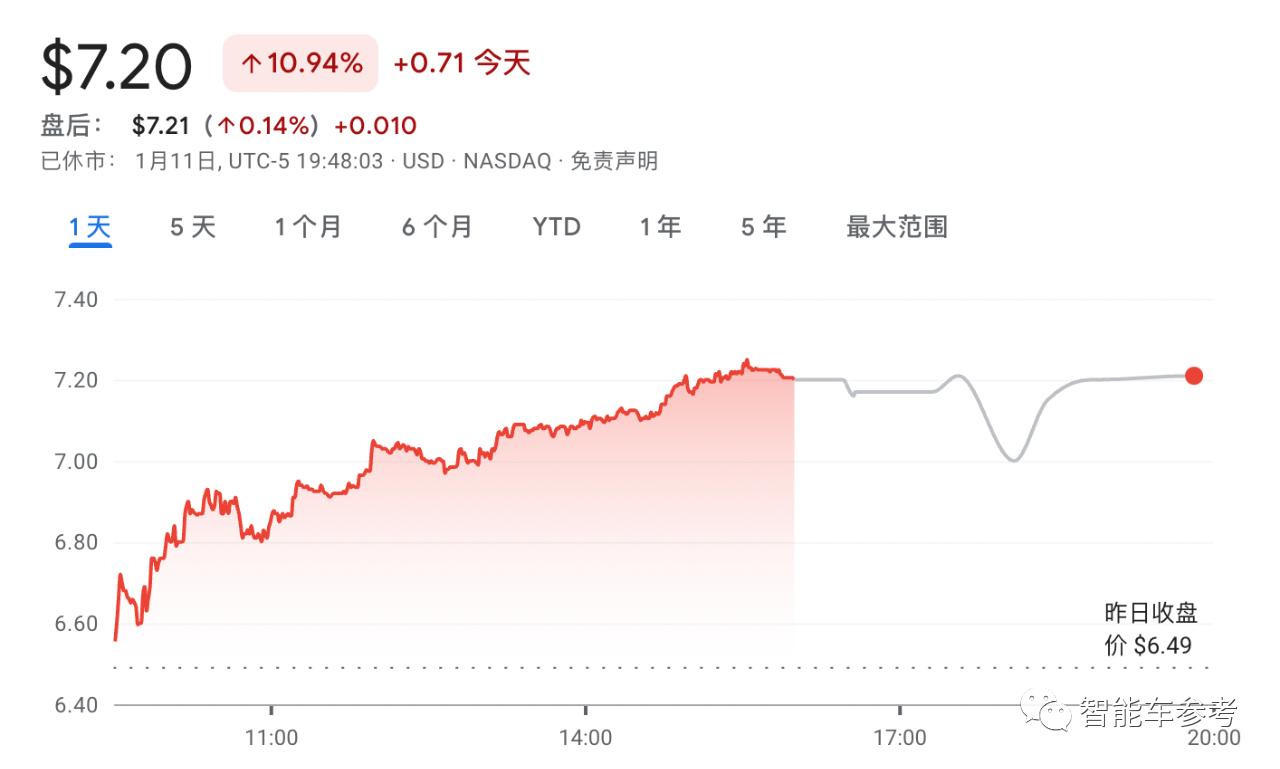
And as mentioned earlier, Youpiaotech, founded less than a year ago, has already completed three rounds of financing, with an estimated valuation of RMB 1.5 billion.
Valuation represents the future, but implementation depends on the present.
Is OEM car manufacturing feasible or not?
Can ODM be Adopted in Automobile Manufacturing?
Although OEM car manufacturing is still on the PPT of various skateboard-style chassis players, there are already some signs of implementation.
Previously, Rivian, after receiving investment from Amazon, designed a new energy vehicle based on the skateboard-style chassis for Amazon.
By 2025, Rivian will produce up to 100,000 EDV commercial vehicles for Amazon.
As for the car badge, from the disclosed prototype, it appears to be Amazon.
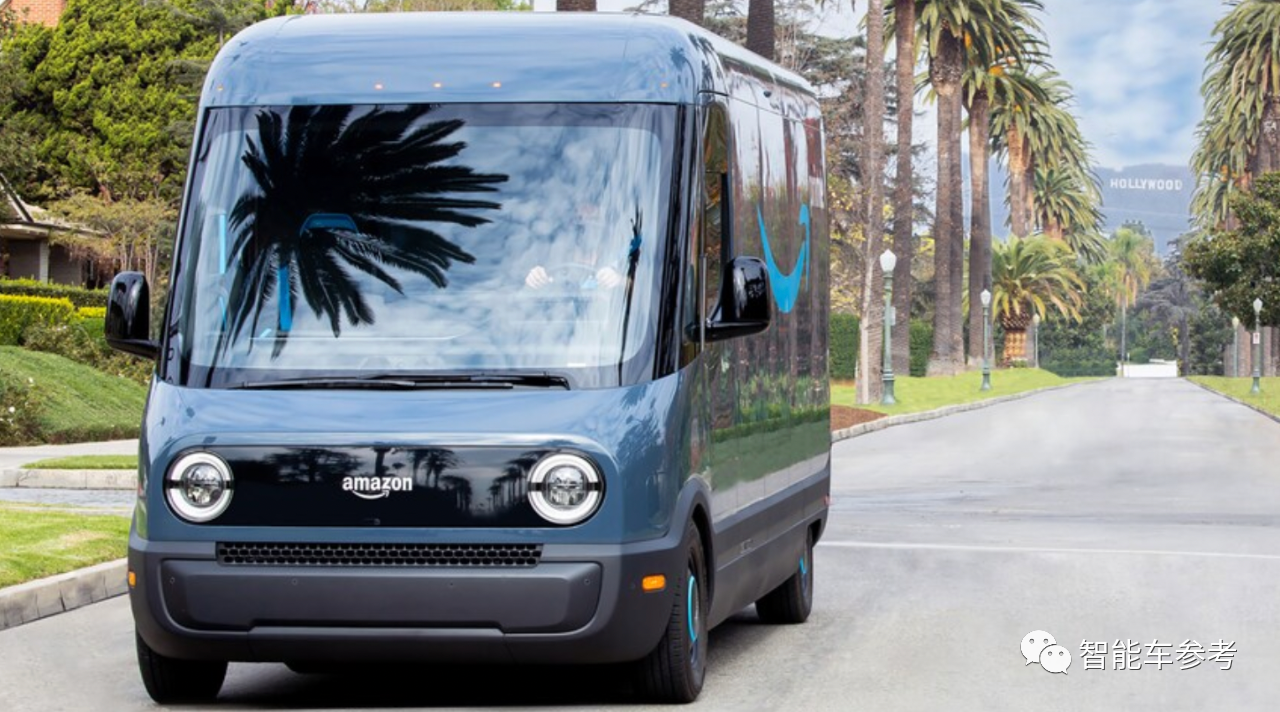
Canoo was also rumored to be acquired by Apple, although there has been no follow-up news, the industry believes that Apple will eventually adopt the former’s skateboard-style chassis solution.
From this perspective, OEM car manufacturing seems to be viable.
At least for some new players without car manufacturing experience, it’s a great opportunity.
For example, Apple, which makes phones, and Amazon, which runs e-commerce.
Or players like Xiaomi, Meituan, and JD.com in China.
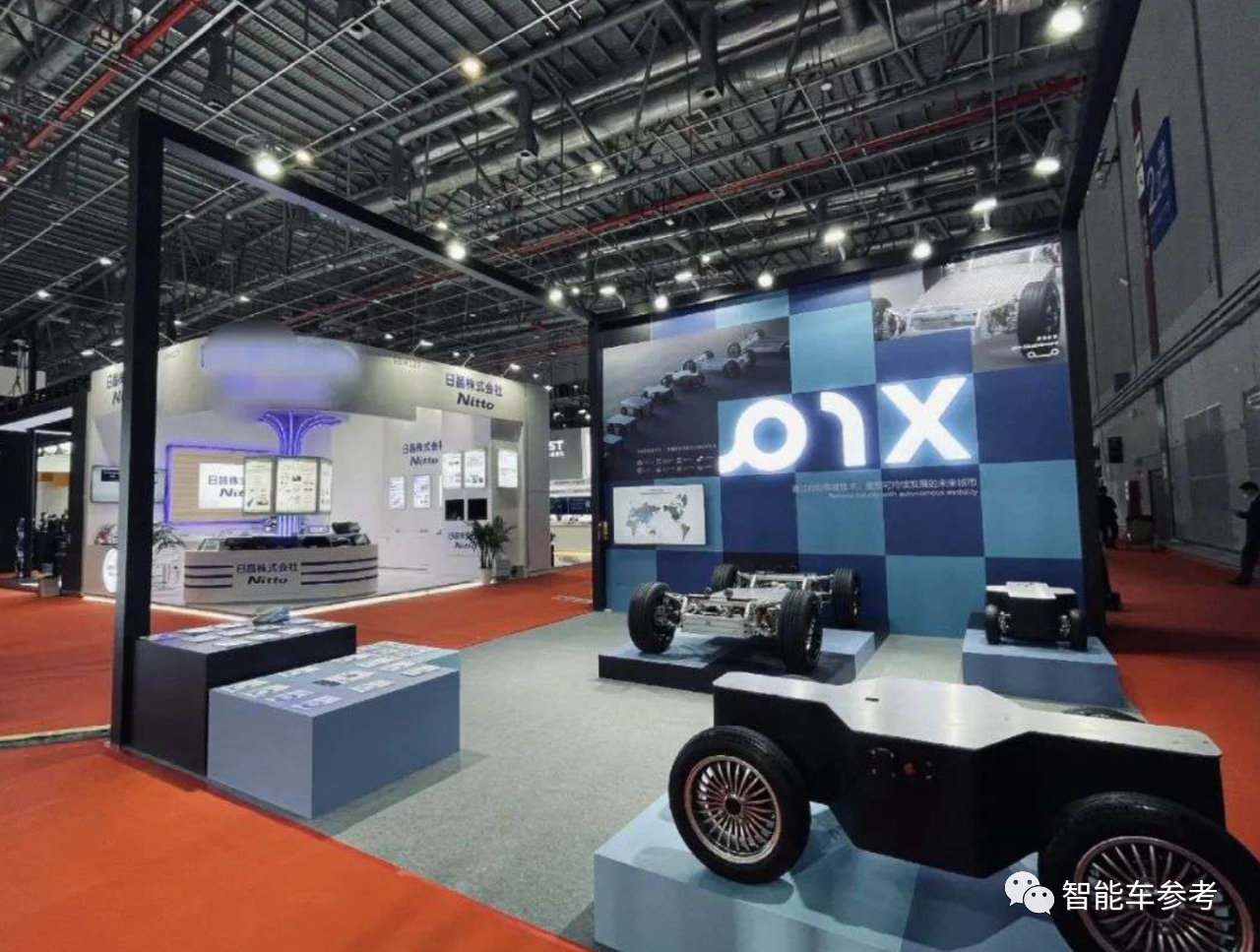
If we predict the next stage of the car manufacturing race based on the story of smartphones, it should be: the threshold for car manufacturing is lowered, and various manufacturers outsource manufacturing work to OEM factories, while focusing on OEM branding.
But the problem is, will OEM car manufacturing become another battle for the soul of the car company?
There are solutions for intelligent driving, such as Huawei and Baidu Apollo.
Now even the traditional automakers’ soul of car chassis is being revolutionized.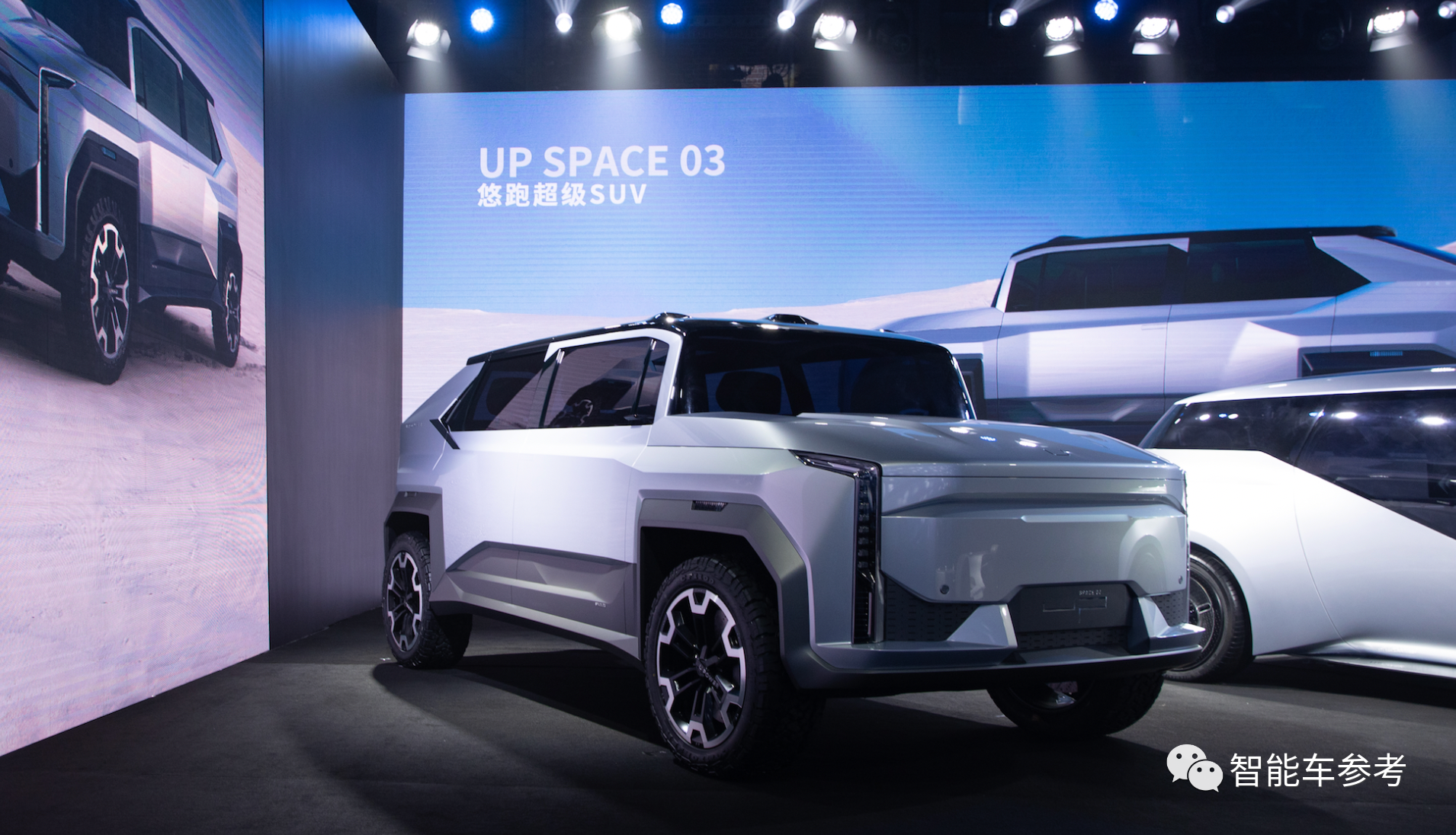
What the automakers can do is to stick their own logos and sell cars through their own sales channels.
It can be foreseen that badge engineering is not impossible, but the resistance must be considerable.
For example, Wei Jianjun, the founder of YOUCAR Technology, used to work for an automaker — Great Wall Motors, has said:
The badge engineering companies in the smartphone industry all died.
However, Li Peng, the founder of YOUCAR Technology, has a different opinion: the emergence of new business models means the redistribution of interests, but automakers still have user value.
But in this ever-changing world, how many times has the bloodshed on the rivers and lakes been caused by the split of the cake?
Let me ask you a question, do you think automakers must build their own cars? What’s wrong with OEM or badge engineering?
This article is a translation by ChatGPT of a Chinese report from 42HOW. If you have any questions about it, please email bd@42how.com.
